Optimal Timing for Foundation Repairs
Foundation repairs are most effectively performed during specific times of the year when environmental conditions are optimal. The ideal periods tend to be in the late spring and early fall, when ground moisture levels are moderate and less likely to cause further shifting. Conducting repairs during these times can help ensure better adhesion and stability of repair materials.
Spring offers moderate weather and ground conditions that facilitate effective foundation repairs, especially before the heat of summer causes soil expansion.
Fall provides cooler temperatures and less ground movement, making it a suitable time for foundation stabilization work.
Repairs during extreme cold or heat can lead to complications such as soil contraction or expansion, which may impact the longevity of repairs.
Timing repairs when soil moisture is balanced helps prevent further shifting or settling after repairs are completed.

Ways to make Foundation Repairs work in tight or awkward layouts.
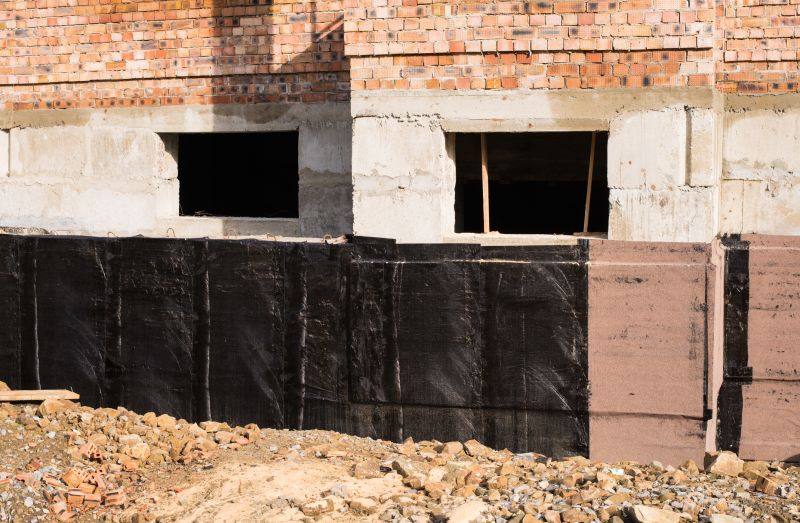
Popular materials for Foundation Repairs and why they hold up over time.

Simple add-ons that improve Foundation Repairs without blowing the budget.
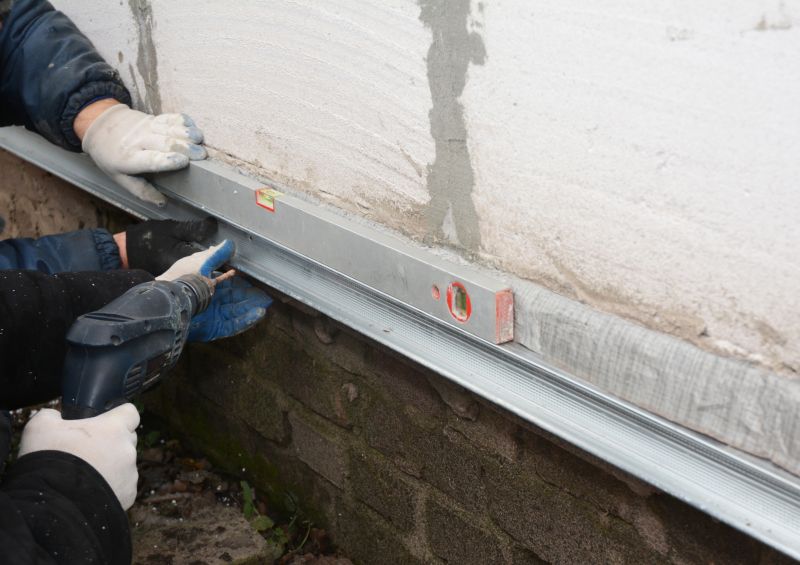
High-end options that actually feel worth it for Foundation Repairs.
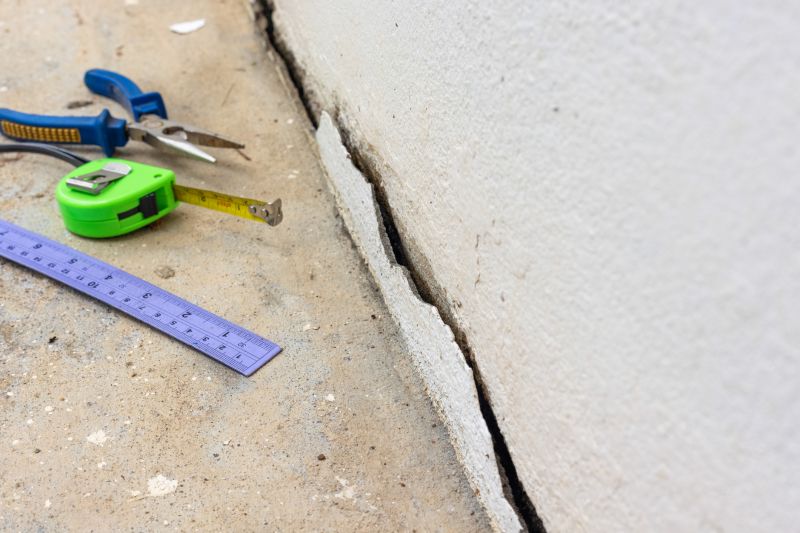
Finishes and colors that play nicely with Foundation Repairs.
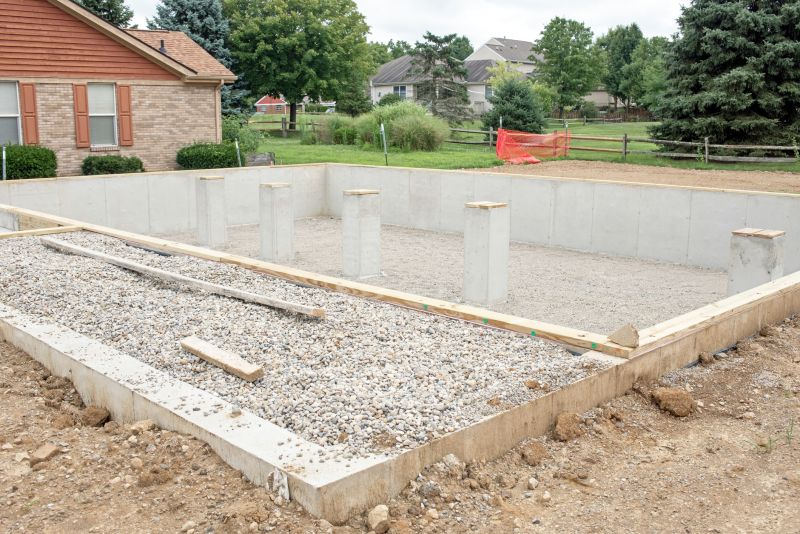
Little measurements that prevent headaches on Foundation Repairs day.
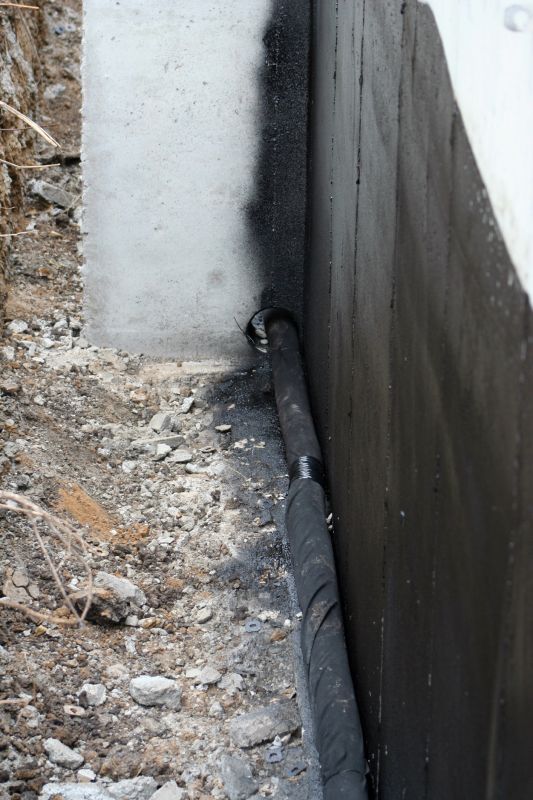
A 60-second routine that keeps Foundation Repairs looking new.

A frequent mistake in Foundation Repairs and how to dodge it.

Small tweaks to make Foundation Repairs safer and easier to use.
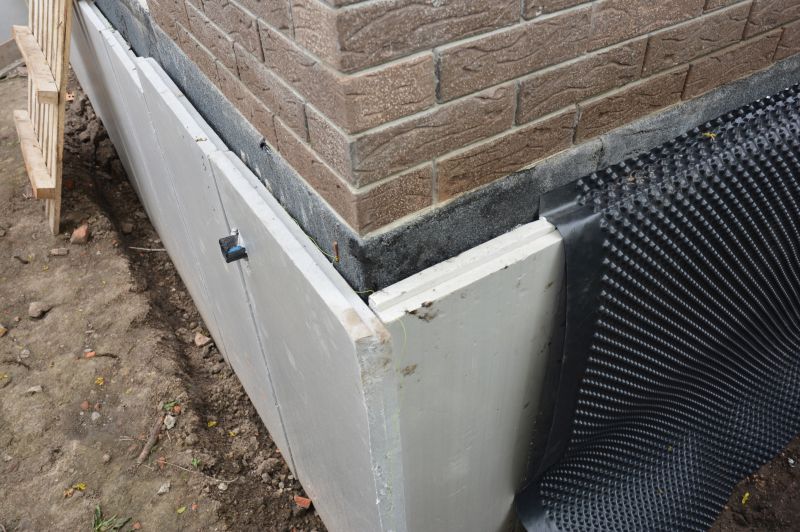
Lower-waste or water-saving choices for Foundation Repairs.
| Season | Best Conditions for Repairs |
|---|---|
| Spring | Moderate ground moisture, favorable weather |
| Summer | Can be challenging due to heat and dry soil |
| Fall | Cool temperatures, less ground movement |
| Winter | Cold weather and frozen ground generally unsuitable |
Foundation repairs are critical for maintaining the structural integrity of a building. They address issues such as cracks, settling, and shifting that can compromise safety and property value. Proper timing ensures that repairs are durable and effective, reducing the likelihood of future problems. The success of foundation repair projects depends on understanding environmental factors and scheduling work during periods of minimal ground movement.
Statistics indicate that performing foundation repairs during optimal seasons can extend the lifespan of repair work by preventing additional soil-related issues. In regions with variable climates, timing repairs when soil moisture levels are balanced minimizes the risk of further shifting. Consulting with local foundation specialists can help determine the most suitable time for repairs based on regional weather patterns.
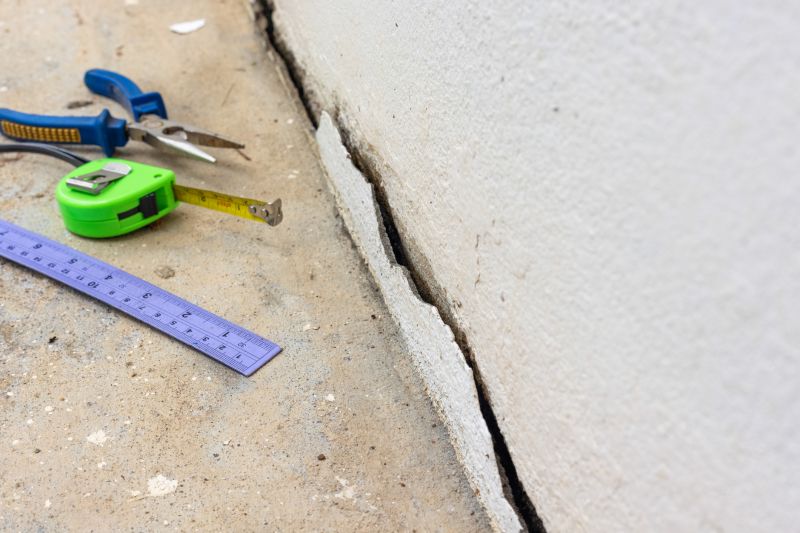
The short, realistic tool list for quality Foundation Repairs.
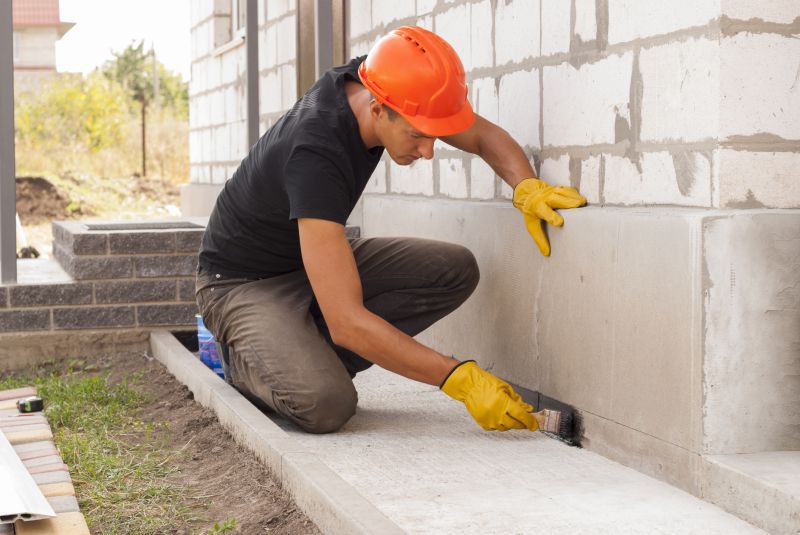
Rough timing from prep to clean-up for Foundation Repairs.
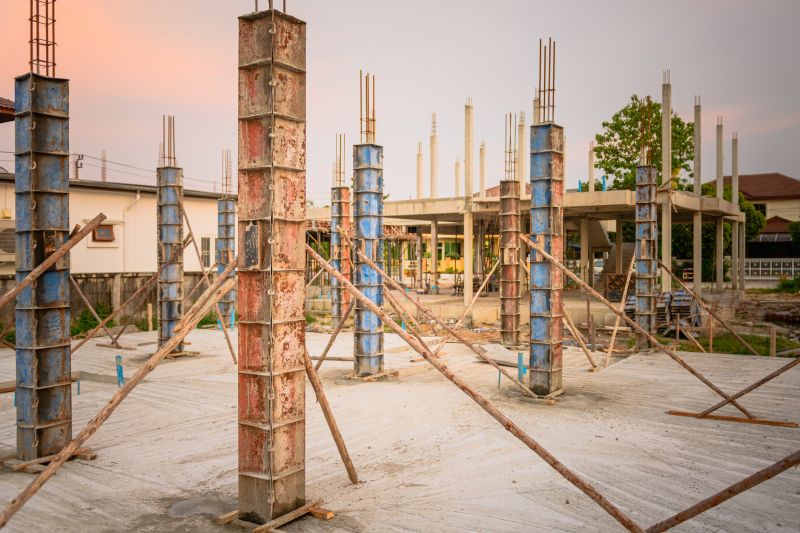
Quick checks and paperwork to keep after Foundation Repairs.
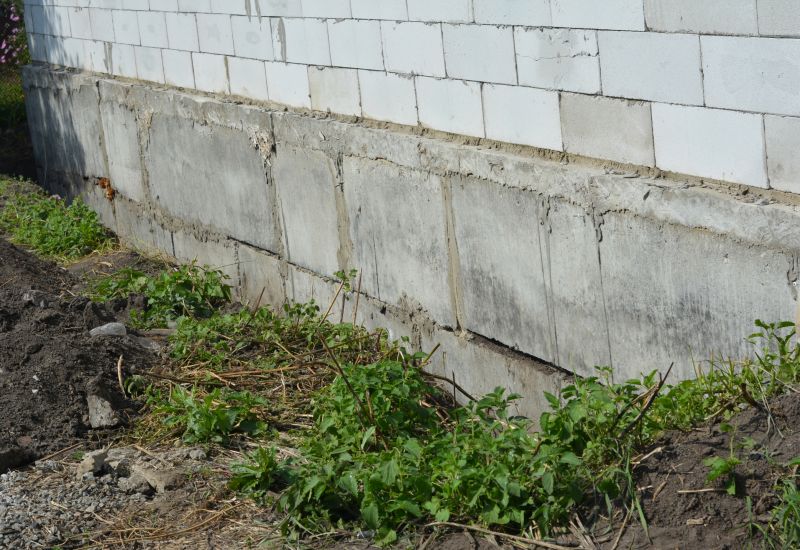
Examples that show the impact a good Foundation Repairs can make.
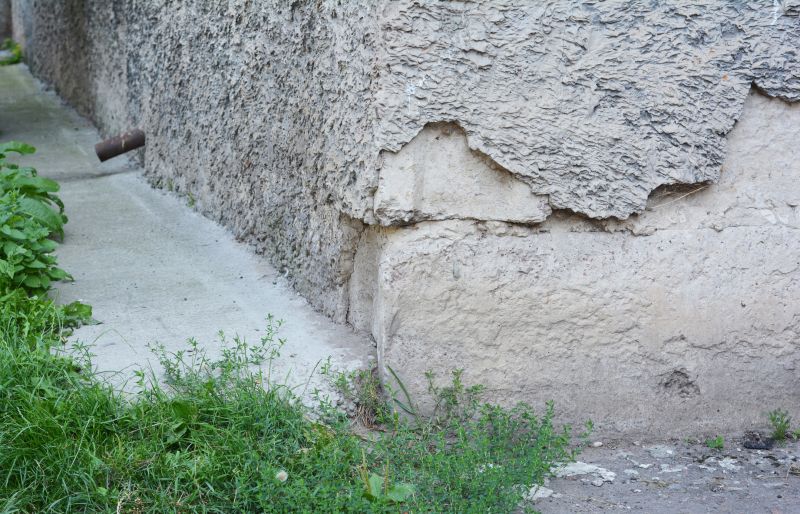
Ways to make Foundation Repairs work in tight or awkward layouts.

Ways to make Foundation Repairs work in tight or awkward layouts.
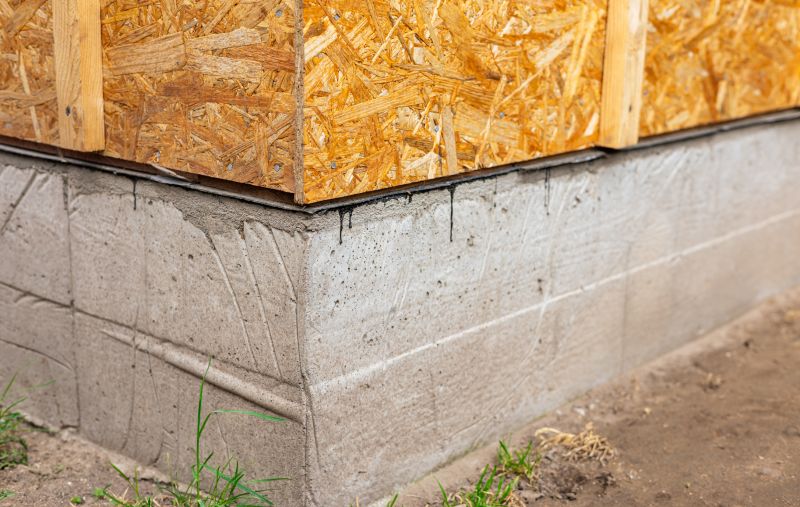
Ways to make Foundation Repairs work in tight or awkward layouts.
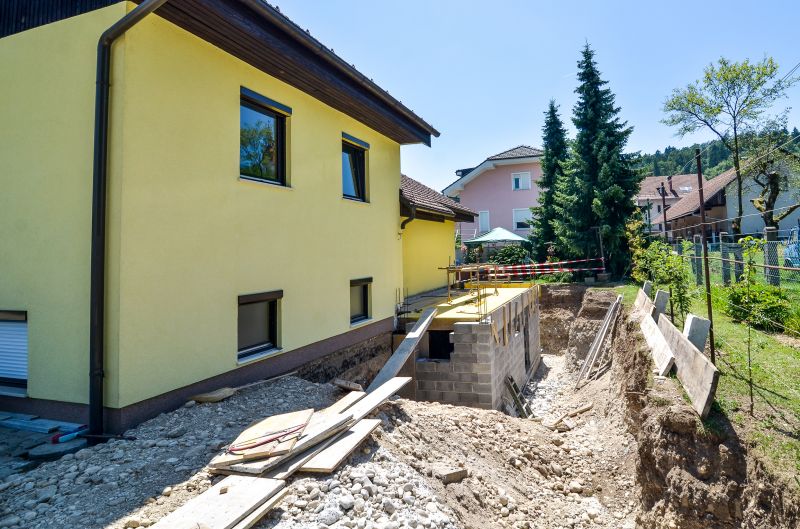
Ways to make Foundation Repairs work in tight or awkward layouts.
Interested property owners in Coldwater, MI, can consider scheduling foundation repairs during the most suitable seasons to ensure the best results. Proper timing can help mitigate future issues related to soil movement and weather extremes. Filling out the contact form can provide additional guidance tailored to specific property conditions.

